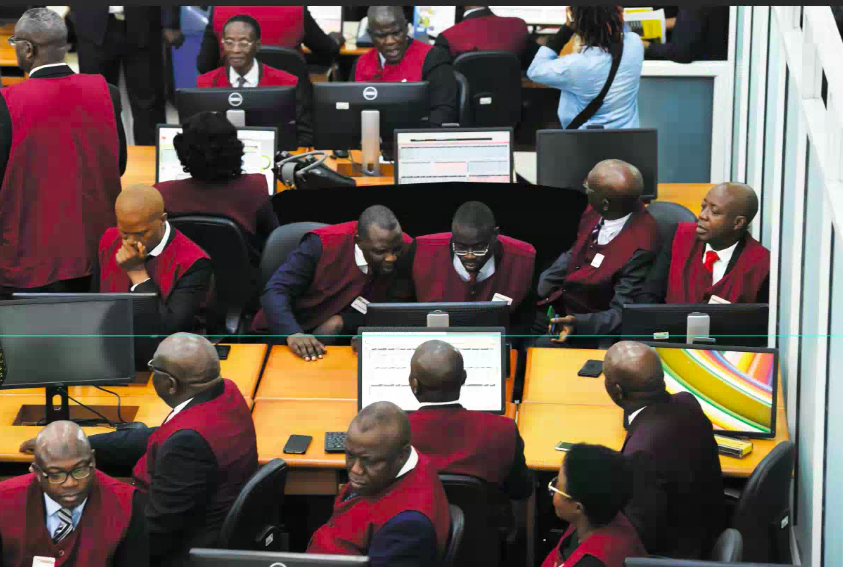Nume Ekeghe
Deposit Money Banks (DMBs) have continued to dump excess liquidity with the Central Bank of Nigeria (CBN), placing a total of N58.099 trillion through the Standing Deposit Facility (SDF) window between September 23 and October 13, 2025, according to latest data from the apex bank.
The surge reflects banks’ growing preference for risk-free returns, taking advantage of the CBN’s recent adjustment to the asymmetric corridor an incentive that has made overnight deposits more attractive relative to short-term government securities.
Last month, the Monetary Policy Committee (MPC) took a dovish turn for the first time since September 2021, cutting the Monetary Policy Rate (MPR) by 50 basis points to 27 per cent from 27.5 per cent. In addition, the Committee narrowed the asymmetric corridor around the policy rate to +250bps/-250bpsfrom +500bps/-100bps effectively allowing banks to earn higher interest on funds deposited with the CBN under the SDF.
The CBN data showed that since the adjustment on September 23, total SDF placements jumped sharply to N58.099 trillion, compared to N26.487 trillion recorded between September 1 and 22, before the policy shift. This translates to an increase in average daily deposits from about N1.7 trillion to N4.1 trillion, underscoring the sector’s appetite for safer, high-yield placements amid lingering macroeconomic uncertainties.
Analysts at CardinalStone Research explained that the change in the corridor allows banks to “borrow from and deposit with the CBN at 29.5 per cent and 24.5 per cent, respectively.” They noted that, despite the lower MPR, “banks are likely to remain net depositors with the CBN, as the SDF rate remains more attractive than the one-year Nigerian Treasury Bill (NTB).”
In the Treasury Bills secondary market, yields climbed across all maturities on Monday. The 1-month, 3-month, 6-month, and 12-month papers gained 12bps, 28bps, 0.5bps, and 5bps respectively. However, the average NTB yield eased marginally by 1bp to 17.39 per cent, reflecting sustained bullish sentiment and strong investor demand in the secondary market.
At the close of trading, the 1-month bill closed at 16.1720 per cent, the 3-monthat 16.6854 per cent, the 6-month at 17.3806 per cent, and the 12-month at 18.3711 per cent.
Meanwhile, the interbank money market displayed mixed trends. Overnight (OVN) rates were steady at 24.86 per cent, reflecting system liquidity inflows from recent maturities. Medium-term tenors, however, moderated slightly, with 1-month, 3-month, and 6-month rates dropping by 10bps, 18bps, and 25bpsrespectively.
Money market funding costs also remained uneven, as the Overnight Rate (ON)dipped 7bps to 24.90 per cent, while the Open Purchase Rate (OPR) was unchanged at 24.85 per cent.



